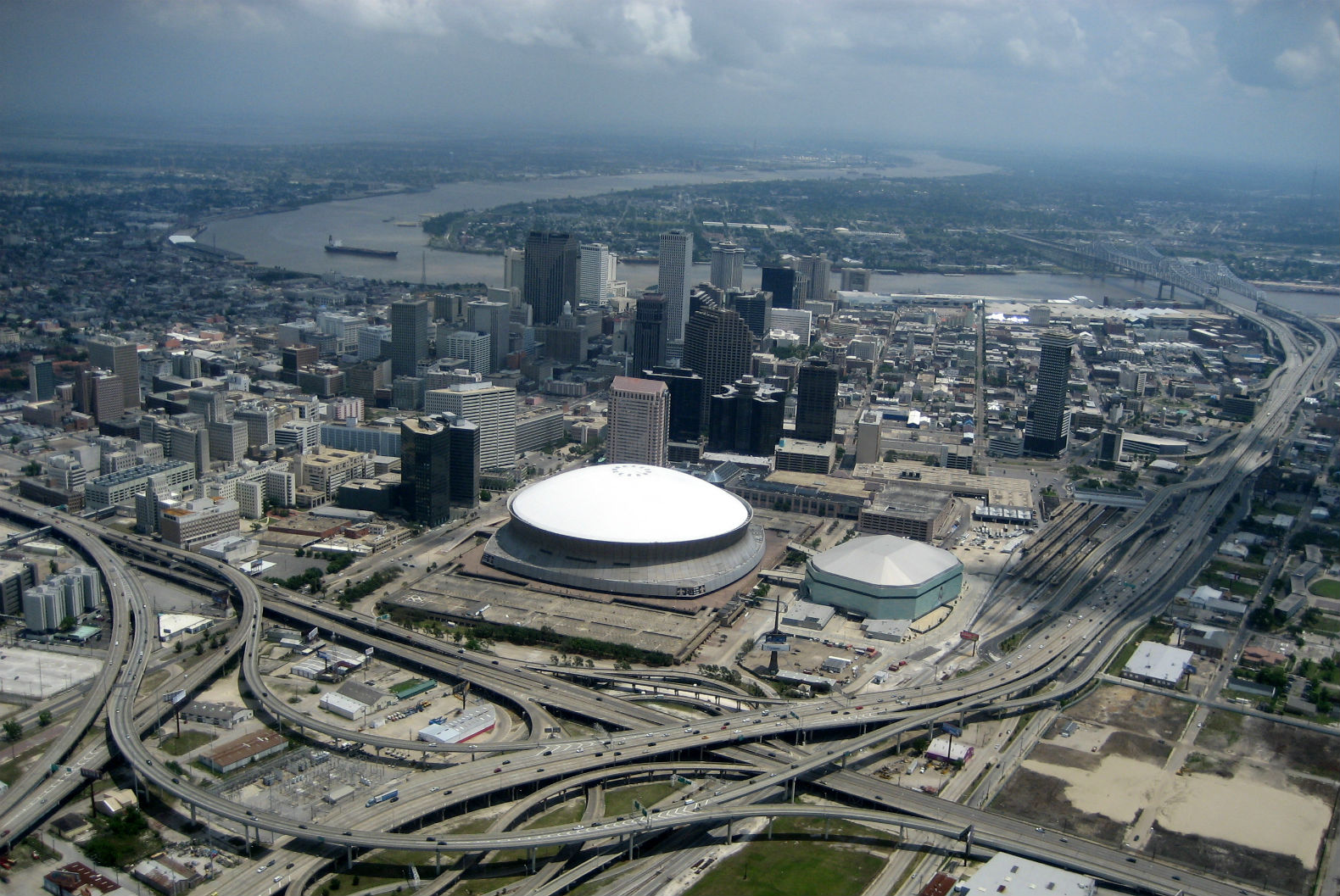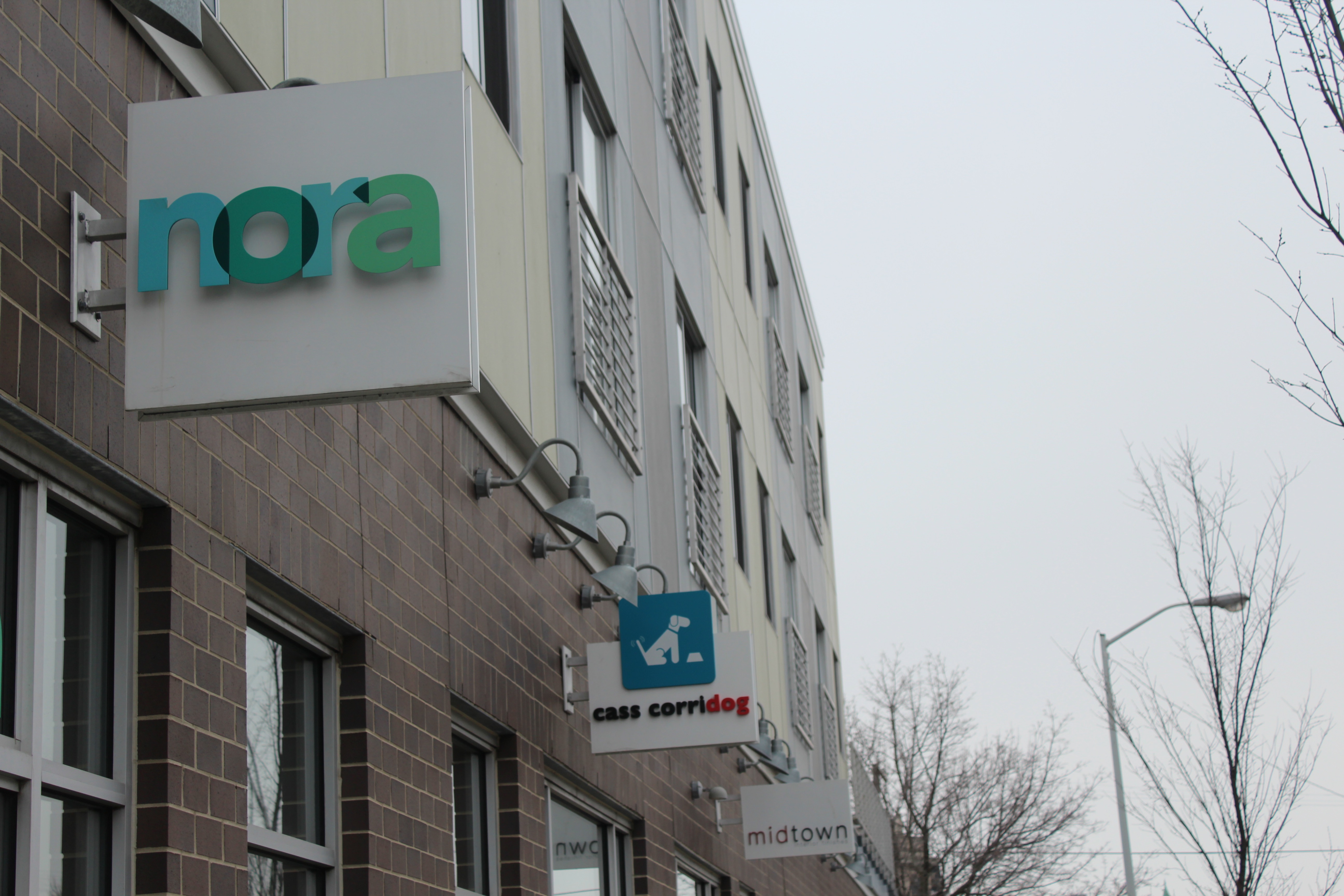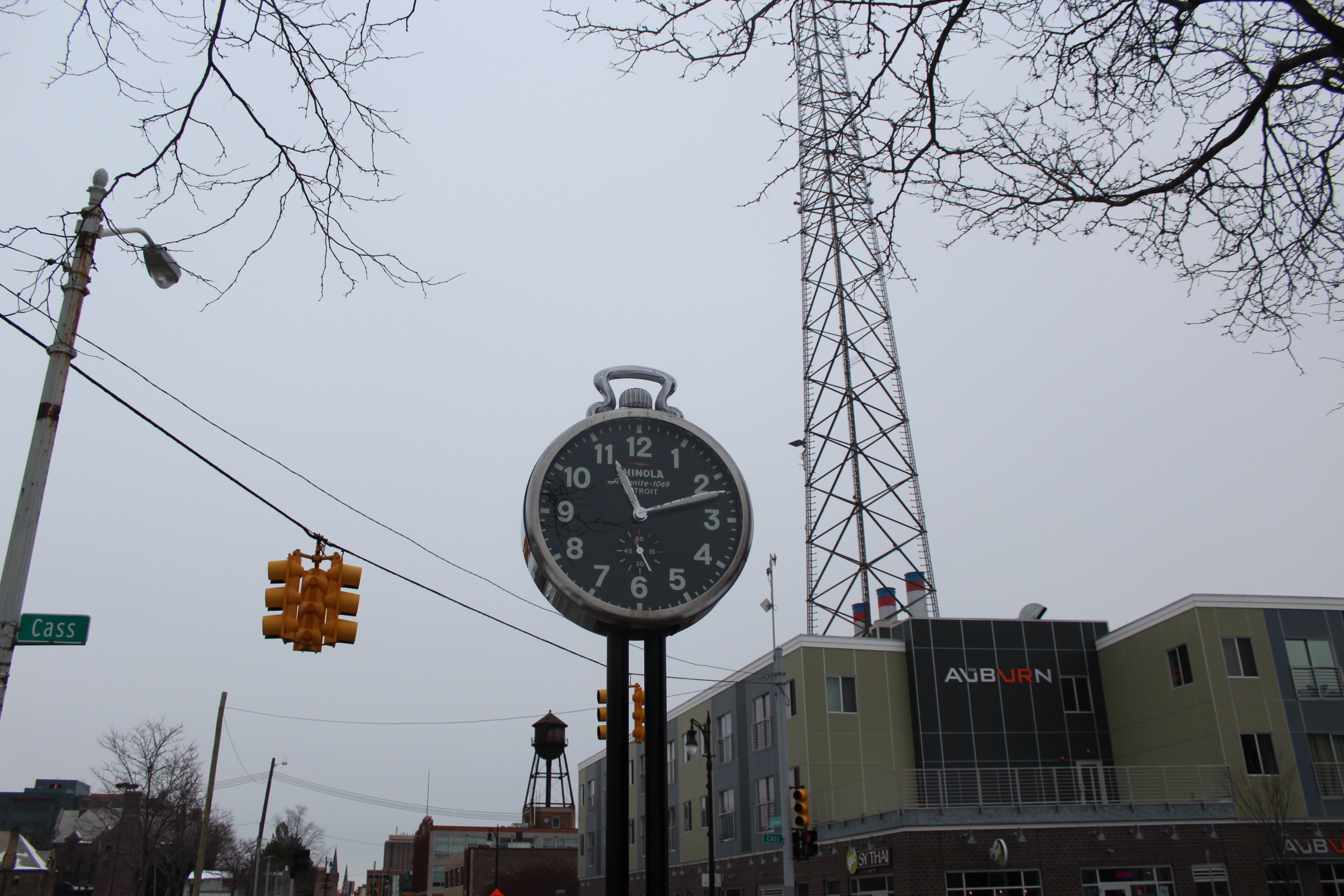Lessons from the Bayou: New Orleans and Detroit
Though Spike Lee was speaking of the residents of New Orleans after the devastation of Hurricane Katrina, his quote could just as easily be applied to the residents of Detroit. The two cities lie on opposite ends of the country, but their origins, hardships, and even demographics bind their stories together.
In August 2005, New Orleans suffered one of the most catastrophic natural disasters in American history. 1,464 people lost their lives when the levees built to protect the city broke under the hurricane’s assault. Final estimates of the economic cost of the destruction left in the wake of Hurricane Katrina placed the damages at $135 billion. When the city reopened, it had lost more than half of its population, and has yet to reach its pre-Katrina population levels even after ten years of recovery.
The city of Detroit has suffered from declining population, disappearing jobs, and crumbling infrastructure for decades. The myriad of problems facing the city finally forced Detroit to declare bankruptcy in July 2013. In becoming the largest American city to ever do so, the once envious position of Detroit in the pantheon of American cities became one of derision and pity. Detroit found itself unable to provide some of the most basic services to its residents, including such essentials as police coverage and street lights. By declaring bankruptcy, Detroit began the long and difficult path towards the potential for a Motor City renaissance.
Detroit and New Orleans, both originating as French centers of trade, share the dubious honor of constant media attention. Both cities have struggled with crime since the middle of the 20th century, regularly placing in the top ten of the United States’ most dangerous cities. The combination of this statistic and their status as being majority African American has led to no small amount of commentary regarding the character of their populations. Issues of race and class inform both their histories and their paths to recovery.
After Katrina, New Orleans faced the daunting task of rebuilding. With so much work to be done, and the city’s greatly decreased ability to do it, many pundits questioned whether the Big Easy should be abandoned. Jack Shafer argued in an article for Slate that “Only a sadist would insist on resurrecting this concentration of poverty, crime, and deplorable schools.” Shafer acknowledged that the neighborhoods most severely affected by Katrina were almost exclusively populated by black communities. Rather than rebuilding and improving these communities, Shafer and others like him believed it was best to simply let the displaced residents make new lives elsewhere and allow the bayou to reclaim their former homes. Unfortunately, ethical arguments against leaving the poor of New Orleans to make new lives elsewhere became something of a moot point, as many were unable to return to the city. This left formerly crowded neighborhoods all but abandoned, and skewed the recovery along racial lines.
Struggling against obstacles created by both man and nature, New Orleans has defied all of its detractors with its resurgent economy and bustling development. Some neighborhoods that had watermarks for years after the flood waters receded are now the sites of trendy restaurants and coveted apartments. Tulane University, New Orleans’ most prestigious institution of higher learning, has seen its endowment and enrollment grow continuously since it shut down for Hurricane Katrina, the first time the school had closed its doors since the Civil War. New Orleans has become a destination for young and educated professionals, having been dubbed the “#1 Brainpower City in the US” by Forbes in 2014.
These triumphs have not come without their costs, however. Though the city has had much success in attracting businesses, tourists, and young residents to breath life into its confines, it has been accused of neglecting its most vulnerable residents in favor making itself appealing to the affluent and the white. Cuts in the city’s budget have left the Orleans Public Defenders unable to meet the demands of the staggering number of cases brought before them, leaving residents unable to afford a lawyer with inadequate representation. This has helped to contribute to the state of Louisiana having the highest incarceration rate in the country, and like most other states, its incarcerated population is disproportionately black.
As the residents of wealthier and whiter neighborhoods such as the Garden District and the French Quarter saw their incomes rise by 23 percent, the poorer black residents of neighborhoods such as the Lower Ninth Ward saw increases of only seven percent. This uneven recovery has worsened racial segregation within the city. Even as the recovery spreads to formerly poorer areas, like the Bywater neighborhood east of the French Quarter, residents may find themselves unable to take advantage of the revitalization due to their inability to afford rising rent prices. In the New York Times, Campbell Robertson stated that “Nearly four out of five white residents believe the city has mostly recovered, while nearly three out of five blacks say it has not,” citing a recent Louisiana State University study.
Education is regularly held as essential to alleviating the damage of poverty and segregation, which is why the reforms of the Louisiana education system after Katrina are so distressing. The state government of Louisiana elected to eliminate public schooling altogether, instituting a system of vouchers which residents could use as a number of authorized schools. While this may seem to create the opportunity for poor residents to receive education beyond that which was previously available, and to reward the schools with the most attractive performance, the negligence of the government resulted in a deterioration of the quality of education across the state. The government vouchers could be used for unaccredited religious institutions and schools that did not even have the facilities to accommodate all of the students for whom they accepted vouchers. The end result was that affluent residents continued to attend well-funded and high-performing private schools, while poorer minority students continued to attend underfunded and underperforming schools, the only change being that these schools were now private rather than public.
Much like New Orleans, Detroit has endured calls for it to be left to its fate. A city whose population includes large swathes of poor minorities is rarely deemed to be of value to these would-be dictators of culture. But Detroit shares with New Orleans an indelible place within the history and cultural tapestry of America.
The revitalization of Detroit has largely focused around the Downtown area, including the adjacent Midtown and Corktown. New bars and restaurants arrive at an encouraging pace, and newly renovated apartments entice young professionals to start a new life in Motown. Detroit does not have the benefit of federal disaster aid to assist its efforts to resurrect itself, so other avenues of funding drive these projects. Perhaps the largest player in the Detroit recovery is Dan Gilbert, the founder of Quicken Loans.
Gilbert has purchased a great deal of property in recent years, with his current holdings standing at more than nine million square feet. The rehabilitation of these properties has been instrumental to the resurgent Downtown, paired with the Live Downtown and Live Midtown initiatives which give subsidies to new renters and homebuyers employed in these neighborhoods.
In response to these projects and programs, we again see criticisms of development pushing gentrification and benefiting those who are already beneficiaries of the status quo. Residents who weathered the harsh years prior are finding themselves forced to close their businesses and find new homes. The Detroit Black Chamber of Commerce has made it their goal to fight these consequences, advocating for the role small businesses will play in the recovery, and offering resources for black entrepreneurs.
Not all believe that gentrification is inherently negative, however. Joe Cortright wrote in his October 2015 piece for The Atlantic, “In Defense of Gentrification,” that several studies have found that the displacement frequently cited by the media and activists is actually quite rare. “These stories suggest that while gentrification can cause social discord and make residents anxious about the future, it neither produces measurably more departures from neighborhoods, nor does it usually make residents economically worse off,” he concluded. Further, Cortright argued that controlled gentrification could actually be beneficial to a neighborhood.
This concept of controlled gentrification has had support in the past when applied to Detroit. Curtis Lipscomb, founder of Kick, a center that caters to the black LGBT community, proposed in 2013 that the creation of a gay neighborhood, could help jumpstart Detroit’s recovery. He reasoned that gay neighborhoods tend to also herald popular restaurants, bars, and shopping, all of which would draw in more residents and visitors. In this plan, Detroit could succeed in an area where New Orleans has failed. In its rampant gentrifying, New Orleans has seen many LGBT businesses close or lose their identity. While the LGBT population of New Orleans continues to rise, it has become increasingly dispersed across the city, potentially limiting its benefits. There is also a feeling among many in the LGBT community in New Orleans that the government and developers are completely disinterested in supporting them, preferring to focus on sanitized tourist venues and luxury condos.
The creation of a “gayborhood” in Detroit, and support for such a venture from local government and businesses, could provide a focal point for the recovery outside of the high rises of Downtown, while also benefitting a largely marginalized community within the city.
In order to have an equitable recovery, Detroit needs to have not only the support of the local community and business leaders, but the state and federal government as well. New Orleans has fought, and continues to fight, the state government as it institutes regressive policies. As was seen in Flint, the emergency manager program instituted by Governor Rick Snyder can have disastrous consequences for Michigan cities. According to Madhavi Reddy of Community Development Advocates of Detroit, “We’re going to have to build alliances across the state if we are going to have impact on state-level policy.” Detroiters will have to come together to make their voices heard on the state level if they are to overcome the trials facing them.
The necessity of standing together is perhaps most urgent in the case of Detroit’s public schools. As in New Orleans, Detroit’s schools regularly rank as some of the worst in the country, on both the educational level and in the quality of their facilities. With underpaid teachers and decaying schools, Detroit cannot hope to produce educated and successful adults. It must learn from the mistake of Louisiana in leaving the free market to fix its problems. With enrollments falling by nearly half, Detroit’s restoration of its public education system must be tied to the restoration of its economy and population.
While young professionals are attractive targets for planners, and essential to any city’s rebirth and survival, these individuals are often fair-weather friends. When these educated and affluent people decide to start families, they will flee to the suburbs if the city cannot offer them safety, affordable housing, and decent schools.
If the heart of America is its middle class, then the recoveries of two of the cities that form America’s heart and soul need to center around the middle class. A renaissance cannot, and should not, be brought about through the marginalization of those who lived in a neighborhood before it was comfortable and fashionable.
Ultimately, recovery is not about money, but about people. The lesson New Orleans has to teach Detroit is that its people, whether newly arrived transplants or the scions of generations of Detroiters, are its most valuable asset. Any recovery that does not serve the interests of the city’s people is doomed to remain half-finished.



